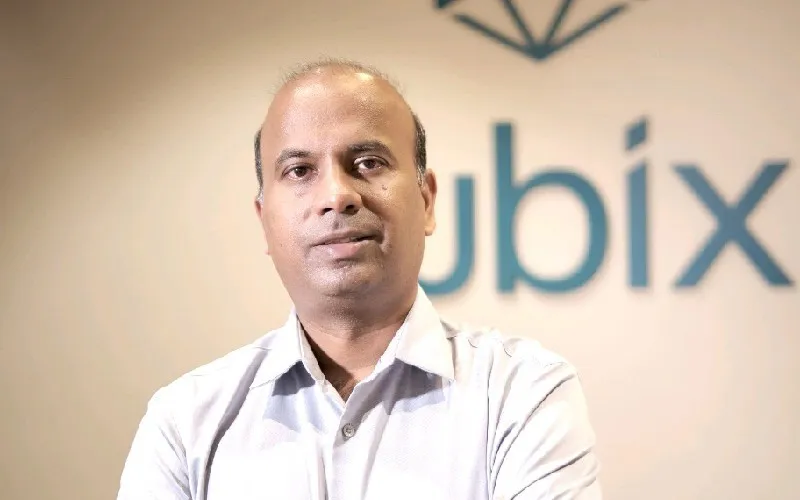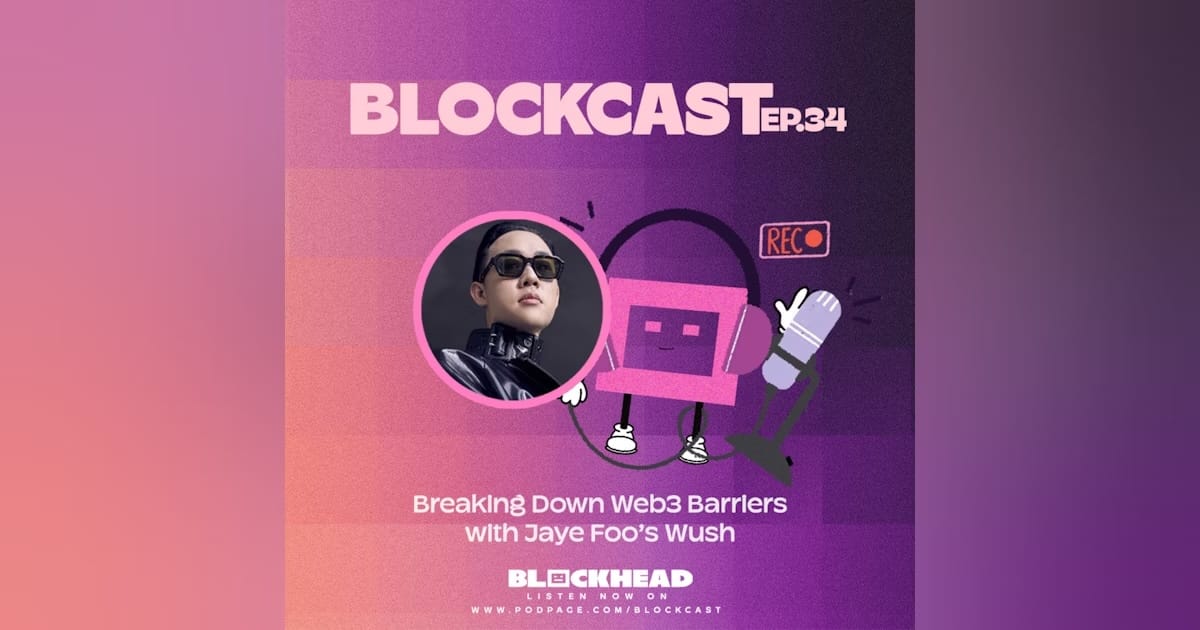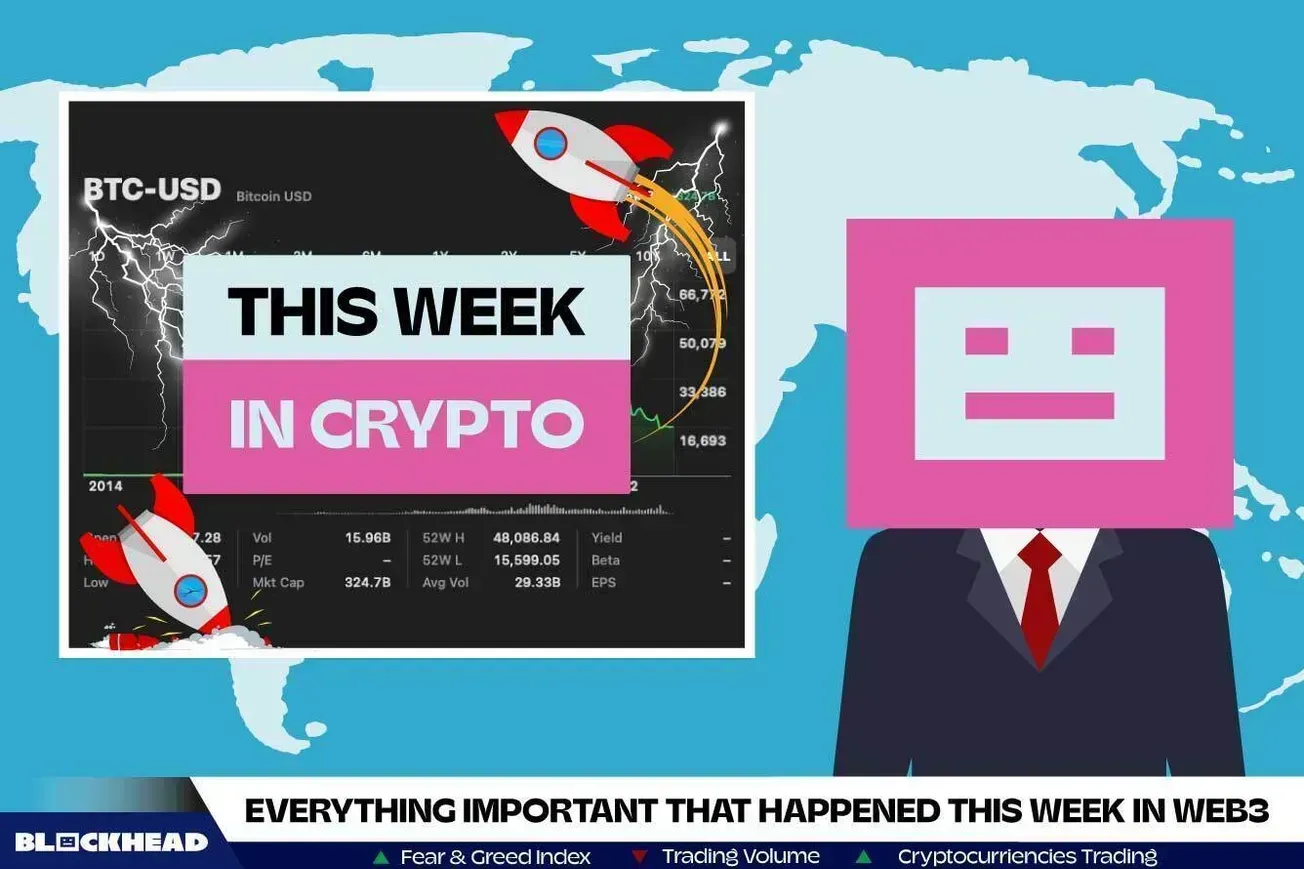Table of Contents
The crypto winter has been brutal, marked by progressively more debilitating storms. And with institutional investors’ flight from risky assets in full swing—mainstream cryptocurrencies included—the market’s entrenched critics, or those who’re convinced that “crypto has no intrinsic value,” are fancying themselves and their cynicism to be unmistakably validated.
Emboldened, they are now turning their contempt towards these digital assets’ underlying technology: decentralized applications and, by extension, the blockchain platforms upon which they’re built. And while the anger may be misdirected, the frustration, at least, is merited.
The rapid succession this year of high-profile hacks levied against blockchain bridges, crypto exchanges and network validators has destroyed hundreds of millions of dollars—perhaps billions—in wealth. The attendant crypto price crashes have yielded much the same, with application and project developers often offering only tepid apologies, blaming vague (and avoidable) technological anomalies and otherwise leaving their end-users little room for recourse.
And now, with the collapse of FTX and the so-called “Crypto Contagion” it’s triggered, investors in and end-users of cryptocurrencies, blockchain applications and other Web3 technologies feel that they’ve not only been failed, but fooled.
Yet, as far as blockchain goes, that is not the real story of the last few months. The real story is the behind-the-scenes conversion to blockchain by bluechip corporate giants such as Wells Fargo, JP Morgan, Cisive and FedEx. They’ve found real utility in blockchain.
Blockchain’s utility—the dependable, measurable value it brings to companies and other end-users—must be the guiding refrain for each of us in the blockchain industry, regardless of our station.
So, how does blockchain add value, help a company improve operations, advance new offerings and otherwise meet its organizational performance goals? It all stems from the immutable ledger. A permanent record of data allows for indisputable ownership, transfer of assets, confidence in the recorded data and a traceable history for anything from a million barrels of oil to the completion of safety checks on the manufacturing floor.
Blockchain applications afford all manner of end-users valuable utility; shipping companies can track packages and individuals can certify the authenticity of anything from trading cards to goal-scoring soccer balls.
Data provenance and traceability, part and parcel of the immutable ledger, ensure transparency throughout a company's supply chain, adding resilience and mitigating regulatory and quality control risk.
The ability to recall spoiled or otherwise contaminated food or medicine is crucial to public safety and brand reputation; the pharmaceutical industry can track vaccine manufacturing, distribution and administration. Service-based industries can benefit from tracking workflows and improved time management.
These are clear advantages for a range of industries.
There is an even deeper, less overt, layer to blockchain’s inherent utility: transparency and user choice. Source code is viewable by any user on the chain, allowing them to see the mechanisms such as validation processes and the level of decentralization. User choice incentivizes competition among blockchain application and project developers. Competition for end-user engagement and activation drives diversity among and breakthroughs in dApps, self-reinforcing outcomes that benefit end-users.
But these competing developers need reliable, resilient infrastructure. Otherwise, the utility offered by their “solutions” is confined to planned upper thresholds of activity. Perhaps clearly, applications that are encumbered by such limitations will achieve little in the way of winning-over prospective users.
For developers of blockchain platforms, then, weathering the Crypto Winter means equipping application-developing stakeholders with the scalable systems they need. Scalable blockchain platforms will ensure maximum usage of the applications they support and, in turn, maximum utility. And, as daunting as the so-called “Blockchain Scalability Trilemma” may seem, some companies have solved it.
Related: The Blockchain Trilemma: A Crypto Nerd’s Perspective on Interoperability
The keys are superior decentralization and innovative validation protocols, attributes that mitigate risk of network hacks, as well as time and energy intensive transaction processing. Scalability is enabled by superior decentralization (eliminating single points of failure) and innovative validation protocols (minimizing compute intensity of new block creation) on a modular, rather than monolithic blockchain.
The provision of scalability in this way is the impetus behind Rubix, where we have pioneered the Proof-of-Pledge consensus mechanism. This hybrid of the Proof-of-Work and Proof-of-Stake methods is capable of supporting millions of concurrent, peer-to-peer transactions in a manner that requires minimal data storage, lightweight infrastructure and negligible incremental energy and operational costs.
The importance of scalability, as our growing network of partners and their respective end-users can attest, cannot be overstated. Put simply, if a blockchain cannot accommodate growth in user demand and activity, then innovation and security are more or less useless. Blockchain application developers, then, must build utilitarian solutions that enable appreciating value; the ROI of an enterprise blockchain application cannot be ephemeral. By the same token, blockchain platform developers must give enterprising innovators the infrastructure they need to build reliable, scalable solutions.
Just as our embrace of utility must be done in unison, so too must our pursuit of it.
Rubix founder and chief architect KC Reddy has built his career at the intersection of technology and ethics, leveraging today’s innovations to solve tomorrow’s problems. Since 2017, he’s been perfecting and refining that formula with Rubix, an L1 blockchain built on revolutionary Proof-of-Pledge protocol, a low carbon consensus mechanism that KC created. He is passionate about going beyond tokens, deploying blockchain technology to solve the world’s biggest problems including climate change and income inequality. Prior to Rubix, KC spent several years as both an entrepreneur and investor in technology solutions. He founded Ensurity Technologies, a cutting edge global cyber security platform specializing in cryptography solutions.









